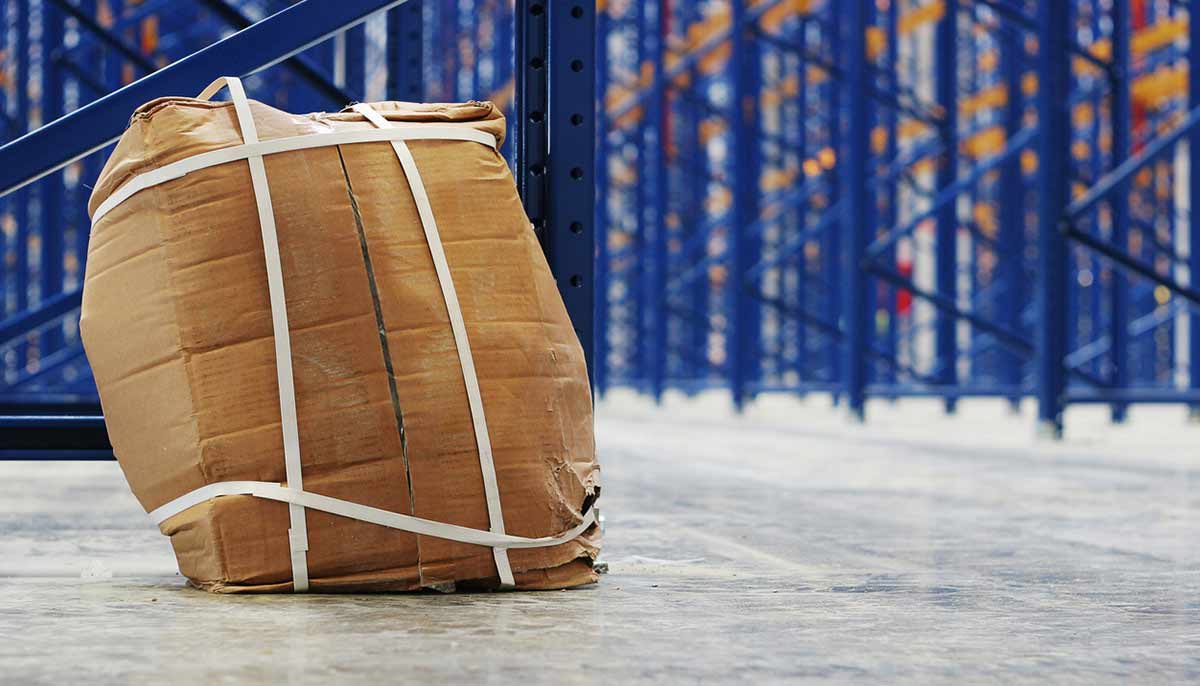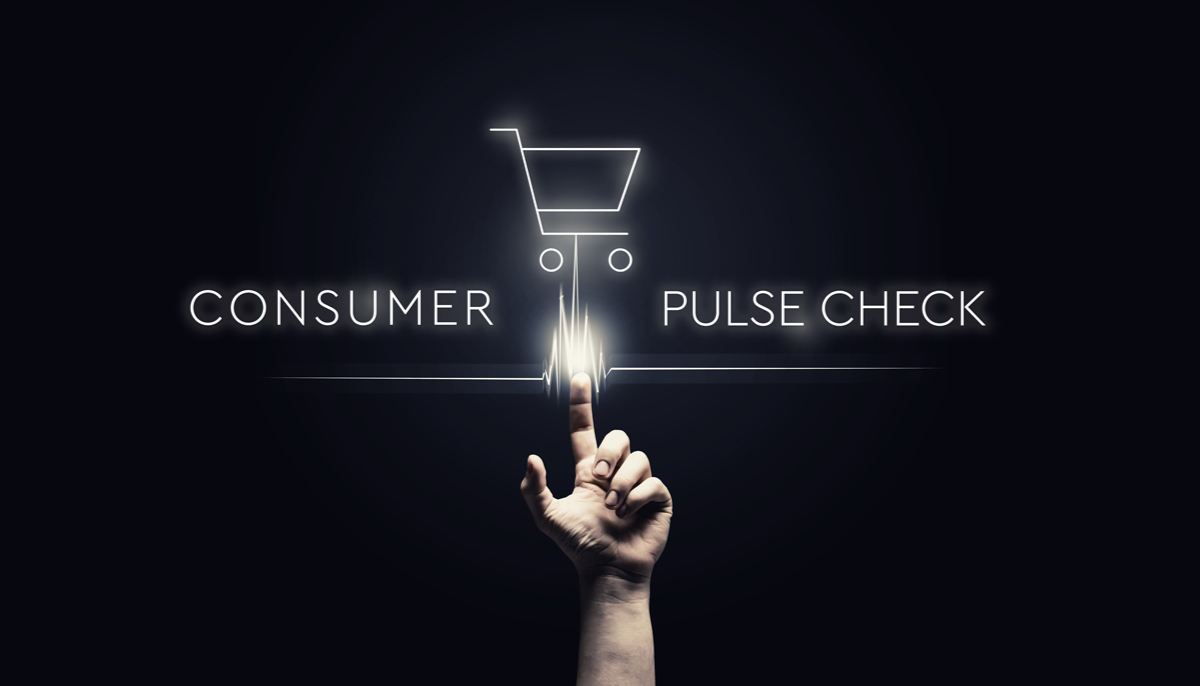
Sustainable eCommerce Packaging Saves You Money
eCommerce Packaging Needs Work
eCommerce return shipments in the U.S. totaled $32 billion during the 2018 holiday season. An estimated 20-30% of those returns were due to damages, more than double that of traditional retail returns.
In spite of the tremendous growth rate of eCommerce sales YoY, vendors continue to design product packaging with the brick & mortar shelf in mind. These smaller, less protected packages aren’t cut out for the eCommerce supply chain, with its multiple touchpoints and high volumes, and the damages are costing retailers and the environment.
76 percent of shoppers say packaging positively affected their perception of the retailer. At the same time, 70 percent are unlikely to be repeat customers after a poor shipping experience. Replacing damaged orders costs e-tailers as much as 17X the amount to fulfill the original order while significantly increasing the environmental impact through waste and emissions. Damaged shipments account for, at a minimum, 48 percent of the total environmental cost of shipping.
There is a lot to gain from a positive delivery experience, but a negative experience can significantly damage your reputation at great expense. Ensuring the quality of your products upon arrival is crucial to encouraging brand loyalty and repeat purchases, as well as greatly reducing your environmental impact. By reassessing product packaging for eCommerce operations, retailers can greatly reduce damages, in turn creating a more positive customer experience, reducing overhead and materials costs, and increasing sustainability.
Sustainable Packaging Should Be a Top eCommerce Initiative
There are many reasons to embrace sustainable practices within your business. For starters, corporate social responsibility is increasingly more important to today’s consumers who prefer to spend their money on emotionally enriching companies. More than half of U.S. consumers (52 percent) take company values into consideration when making a purchase.1 Research has also found that 64 percent of consumers worldwide choose to buy from or boycott a brand based on their stance on political or social issues.2 While taking a stance on political issues can be polarizing, environmental initiatives inspire mostly positive reactions from consumers. Your sustainability efforts are a competitive advantage with the modern consumer.

Many companies are concerned with giving the appearance that they care about sustainability, but only two percent actually achieve or exceed corporate sustainability goals. To many companies, reputation is not enough incentive to move forward with a sustainability plan. However, the top firms on the World Economic Forum’s list of the “Most Sustainable Companies in the Word” are actually doing well financially. In fact, since 2005 the companies on this list have outshone their peers by nearly a third.
Yes, caring about sustainability can help a brand’s reputation, but even more, in many cases sustainable practices increase profitability. Minimizing waste is a big sustainability perk to rethinking your eCommerce packaging to ensure proper product protection. Fewer damages means fewer returns, which also mean cutting costs for processing those returns. So, what are some practical ways you can accomplish this? Read on…
Think Outside the Box
eCommerce is primed to reduce packaging waste more so than traditional retail models that depend on fancy packaging designs to draw customers to it on the shelf. Many companies, tired of high return volumes due to inadequate eCommerce packaging, have already begun implementing new packaging initiatives:

- StealthWrapTM – Sealed Air’s air-tight flexible packaging that surrounds a primary package carton, such as a shoe box, eliminates the need for an outer box. Clients have seen waste reductions of 80% or more, reduced storage space requirements at the DC by 90%, and greatly lowered freight costs due to smaller dimensions and weight. The speed of the process also increases throughput by 20 times or more, reducing labor costs.
- Frustration Free Packaging (FFP) – A program initiated by Amazon, FFP requires certain sellers to package product in curbside recyclable, ready to ship packaging that does not require any repackaging or outer box. Simultaneously, FFP optimizes the customer experience through proper product protection and easy unboxing. In ten years, the program eliminated 500+ million boxes and more than 244,000 tons of packaging materials.
- Distributed packing models: This process eliminates packaging steps in the supply chain. Raw product is sent directly from the manufacturer in bulk to the fulfillment center, and then repackaged into its inner carton before being put-away. PFS’s Finished Goods Kitting solution for a health & beauty client is a good example of this process where the brand saves money from the initial shipping to the fulfillment center, reduces waste during receiving and packout, and ensures product arrives at the customer’s door in the best condition possible.
- Right size packaging: By reducing air and void fill through right size packaging, retailers are able to minimize shipping costs, create less waste, and better protect products. PFS effectively reduced appeasements and damage claims by designing a box insert for a previous fulfillment solution in support of Lego. The sturdier packaging resulted in an improved customer experience and greatly reduced damage returns.
Long-term Benefits
To be fair, implementing new sustainability measures is not an overnight transition. Packaging products uniquely for eCommerce orders does have some challenges. For starters, multi-channel retailers would require multiple SKUs for individual products packaged differently according to channel. Similarly, increasingly more common omni-channel solutions such as BOPIS and ship-from-store often leverage inventory across channels. Introducing unique packaging specifically for eCommerce orders could present challenges to sharing inventory across channels.
Retailers will also need to acclimate consumer expectations to less attractive, more practical packaging for eCommerce orders. Most consumers expect to see the same packaging they see in stores when opening an online order.
Working through these challenges, though, opens the door to long-term sustainability and significant cost-savings potential. Companies that are embracing more sustainable eCommerce packaging are seeing a real difference in the bottom line. For one television retailer, as an example, packaging adjustments to better meet eCommerce shipping conditions resulted in an 85 percent reduction in damaged televisions, saving the company $12M in losses.
Rethinking packaging specifically for eCommerce can cut your supply chain costs, reduce waste, and improve the customer experience. What are you waiting for?
PFS can help you make your eCommerce packaging more sustainable. Send us a note to discuss it today!
[1] Forrester: The Values Based Consumer, April 6, 2017, Forrester
[2] Adapt to Climate Change or Face Extinction, October 5, 2018, Forrester


